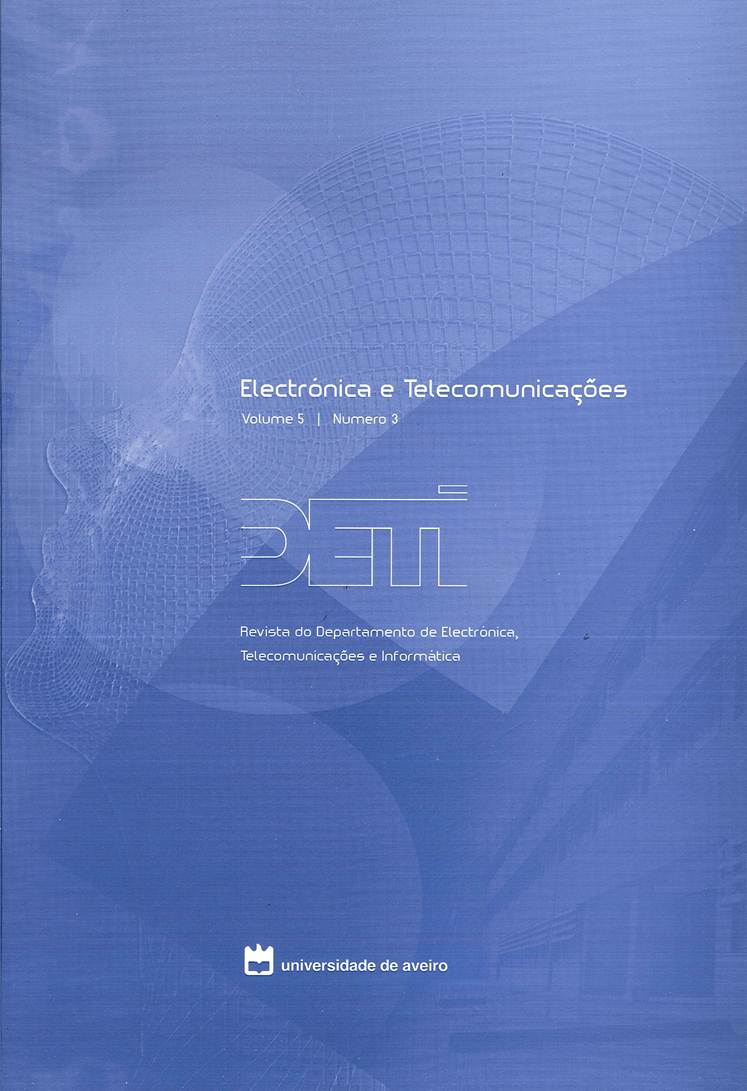Anonymization of burned-in annotations in ultrasound imaging
Resumo
Most of the medical imaging modalities compliant with the Digital Imaging and Communication in Medicine (DICOM) standard are currently conveying patient information and other study related information as visual overlay objects on top of the proper imaging contents. Making these image data publicly available for teaching platforms, clinical trials or maintenance support requires some degree of anonymization. In these cases, identity attributes in a given Service-Object Pair (SOP) instance may be simply removed, encrypted or even replaced by dummy values. All these action will take place at the header of the associated DICOM files by changing the proper tag-value data structures and ensuring the overall file integrity. These procedures alone don't ensure full anonymization in some imaging modalities like ultrasound because identifying annotations are still conveyed in a burned in manner. The anonymization process has to somehow change the pixel data without compromising the underlying imaging contents. Identifying information must then be "blackened" or removed usually by manual or highly user driven methods: This approach is neither systematic or feasible for large scale deployment of image databases. This paper proposes a smart approach to the problem of anonymization of burned-in annotations in ultrasound imaging studies. Our approach is based on customized character template matching. A character template database is firstly built during a learning phase using a representative sample of ultrasound studies produced by different manufacturers. During the matching the phase, using the proper identifying attributes from the header of the DICOM files, bit-mapped string templates are arranged and then matched against the whole pixel data. This approach has proven to be robust an yields very high matching scores providing a solution capable of effectively de-identifying burned in annotations in ultrasound images independently of their position within the image.




